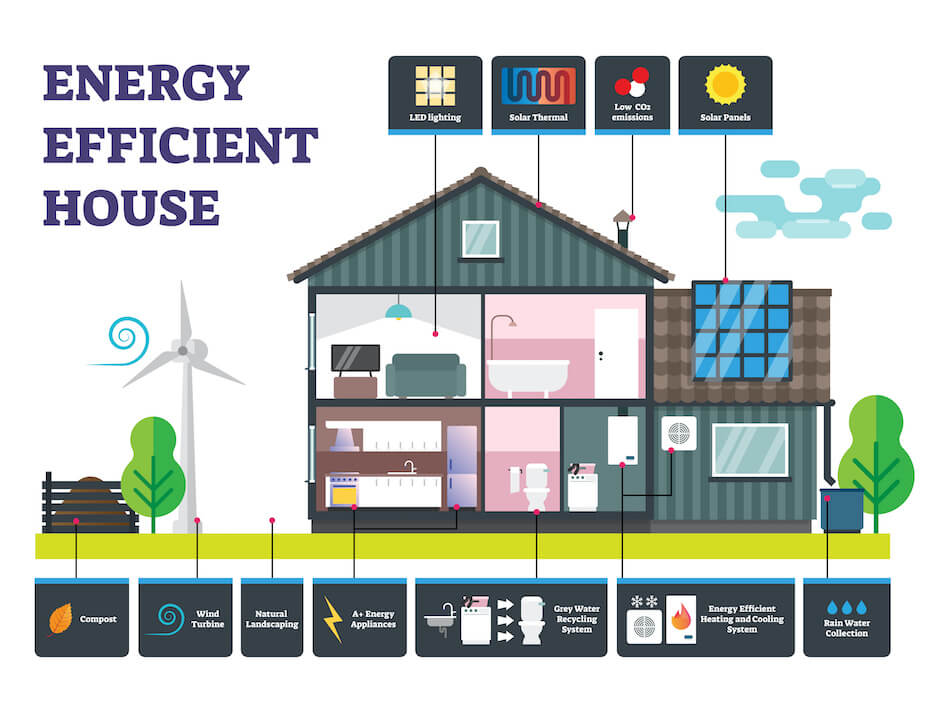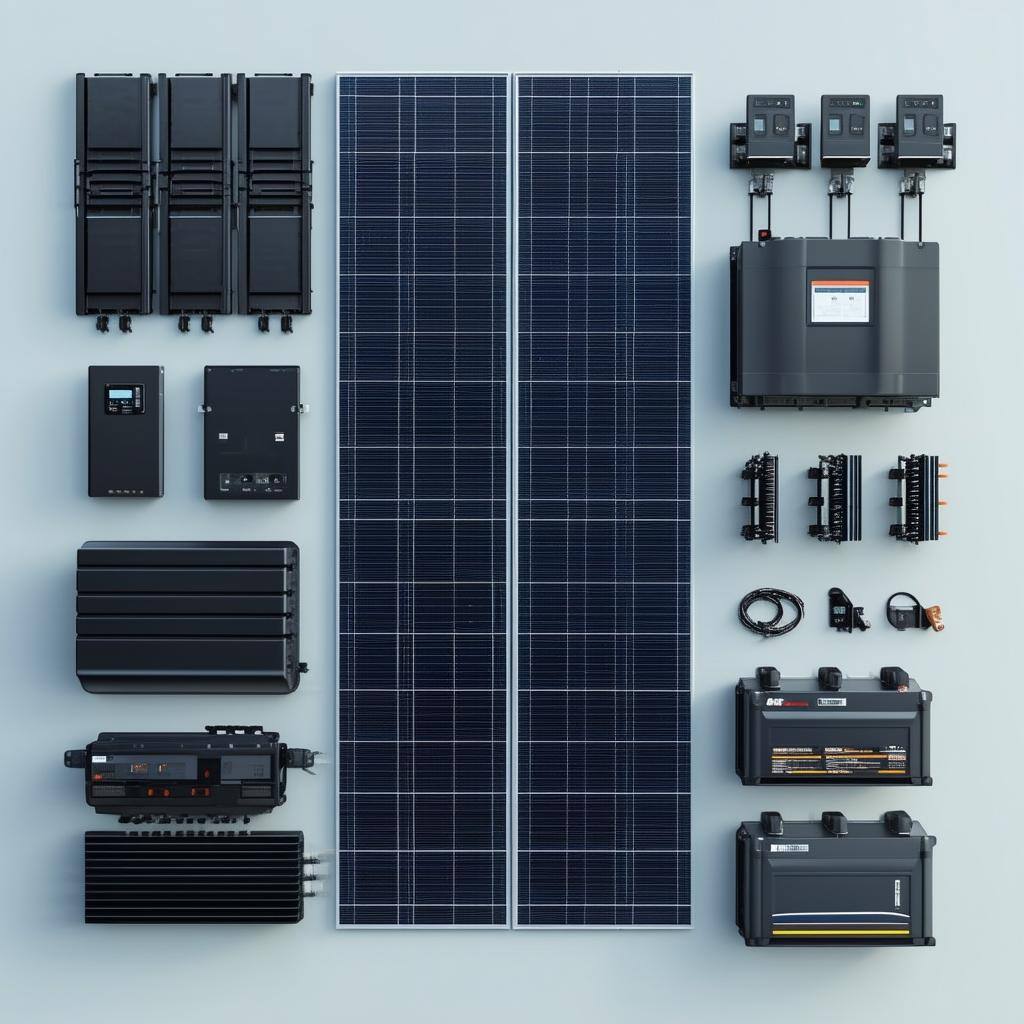6 min read
Making Your Home More Energy Efficient Before Solar: The Key to Maximizing Your Solar Investment
Thinking about going solar? That’s an amazing step toward reducing your energy bills and making your home greener. But before you dive into...




